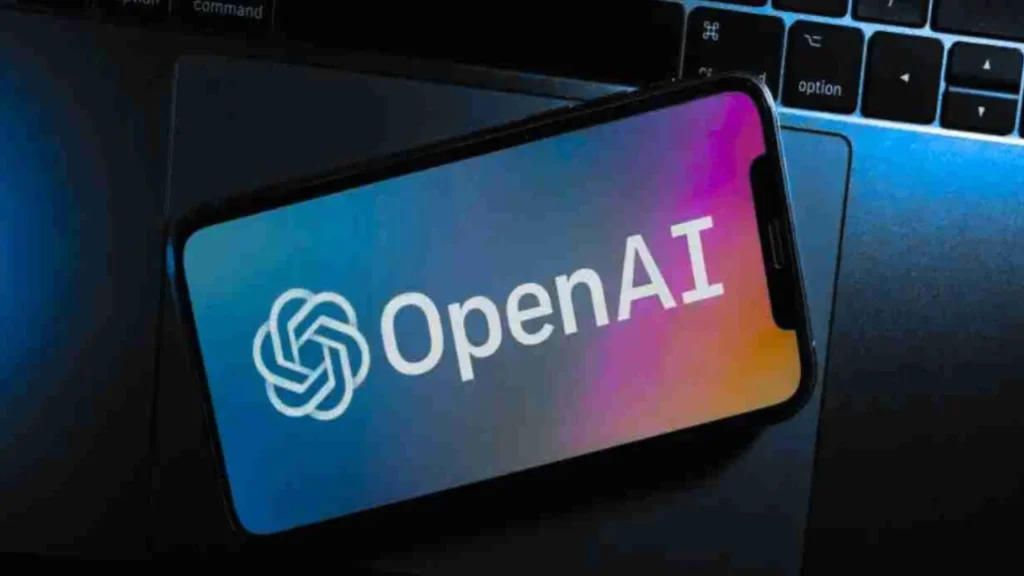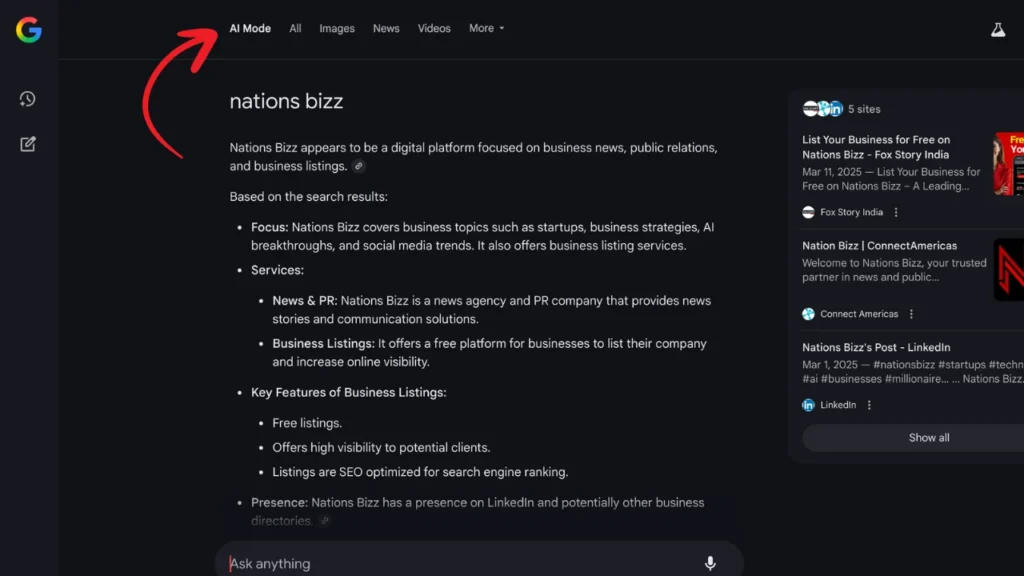Hugging Face is a leading AI company that has transformed the field of Natural Language Processing (NLP) by making advanced machine-learning models accessible to everyone. As AI continues to shape industries like healthcare, finance, and customer service, Hugging Face provides tools that simplify complex NLP tasks such as text generation, translation, and sentiment analysis. Its open-source approach has accelerated AI adoption and invention worldwide.
Founded in 2016, Hugging Face started as a chatbot company but quickly became a hub for AI research and development. Its flagship Transformers library has revolutionized NLP by offering pre-trained models that can be fine-tuned for various tasks. With a strong focus on community alliance, this Hub allows researchers and developers to share, build, and improve AI models, driving the growth of ethical and accessible AI solutions.
From NLP to Computer Vision: Hugging Face’s Best Offerings
This Ai model provides a powerful suite of AI tools that make machine-learning more accessible and efficient. From pre-trained models to collaborative platforms, its offerings empower developers and researchers to build and deploy cutting-edge AI solutions with ease.
- Transformers Library – A collection of state-of-the-art pre-trained models for NLP, vision, and speech tasks.
- Datasets Library – A hub for diverse datasets to train and evaluate AI models.
- Tokenizers – Efficient tools for processing and tokenizing text data for NLP applications.
- Hugging Face Hub – A collaborative platform for sharing, discovering, and deploying AI models.
- Inference API – Enables easy model deployment and real time predictions via API.
- Auto Train – A no-code tool that simplifies model training and fine-tuning.
- Spaces – A cloud-based environment for hosting AI applications with minimal setup.
Popular Use Cases of Hugging Face: Transforming Industries with AI
Hugging Face’s AI models are widely used across industries, driving invention in Natural Language Processing (NLP), computer vision, and speech recognition. Businesses and researchers harness its tools to build intelligent applications that enhance automation, efficiency, and user experience.
- Chatbots & Virtual Assistants – Powering AI-driven assistants like customer support bots and voice assistants.
- Sentiment Analysis – Helping businesses analyze customer feedback, social media trends, and insignia perception.
- Text Summarization & Generation – Used for news summarization, content creation, and report generation.
- Machine Translation – Enabling smooth language translation for global communication.
- Speech Recognition & Processing – Converting speech to text for transcription services and voice-enabled applications.
- Image & Text Classification – Used in healthcare, finance, and security for automated document and image analysis.
How to Set Up and Use Hugging Face Like a Pro
This Tool offers a effortless way to use pre-trained AI models for tasks like NLP, computer vision, and speech processing. With a few simple steps, you can integrate Hugging Face’s tools into your work flow and start building powerful AI applications.
- Install the Transformers Library – Use
pip install transformersto set up Hugging Face’s core library. - Load Pre-Trained Models – Easily access NLP, vision, and speech models using
from transformers import pipeline. - Fine-Tune Models – Customize pre-trained models with your dataset for better performance.
- Use the Datasets Library – Access and process datasets using
datasetsfor training and evaluation. - Deploy Models with Hugging Face Hub – Share and manage your models using the Hugging Face Hub.
- Harness the Inference API – Perform real time predictions without complex deployment setups.
- Explore Hugging Face Spaces – Create and host AI-powered applications with minimal coding effort.
Hugging Face AI: Benefits and Limitations You Need to Know
Hugging Face has made AI and NLP more accessible through its open-source libraries, pre-trained models, and community-driven approach. Its tools reduce development time, allow easy model fine-tuning, and offer smooth cloud-based deployment through the Hugging Face Hub. Additionally, its user-friendly API and extensive documentation make AI adoption easier for beginners and professionals alike.
- Pre-Trained Models – Saves time and computational resources by offering state-of-the-art models for NLP, vision, and speech tasks.
- User-Friendly & Open-Source – Provides an easy-to-use interface, extensive documentation, and a strong community for support.
- Smooth Deployment – Hugging Face Hub and Inference API allow quick model deployment without complex setups.
However, Hugging Face also comes with challenges, such as high computational costs for fine-tuning large models and dependency on cloud services for deployment. Some models may require large datasets and GPU resources, making them less accessible for smaller teams or individual developers. Despite these hurdles, Hugging Face continues to evolve, striving to make AI more efficient and scalable for all.
- High Computational Costs – Fine-tuning large models requires powerful GPUs, making it expensive for some users.
- Limited Customization – While pre-trained models are efficient, deep customization may require advanced expertise.
- Dependency on Cloud Services – Many features rely on Hugging Face’s cloud ecosystem, which may not suit all privacy or infrastructure needs.
Final Thoughts: Why Hugging Face is a Game-Changer in AI
Hugging Face has emerged as a game-changer in AI, making powerful machine-learning models more accessible, efficient, and community-driven. Its open-source tools, pre-trained models, and smooth deployment options have transformed how developers and researchers approach NLP, computer vision, and speech processing. By bridging the gap between cutting-edge AI research and real-world applications, Hugging Face continues to democratize AI, enabling progress across industries.


















